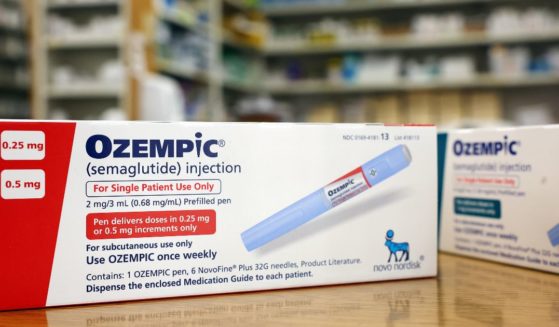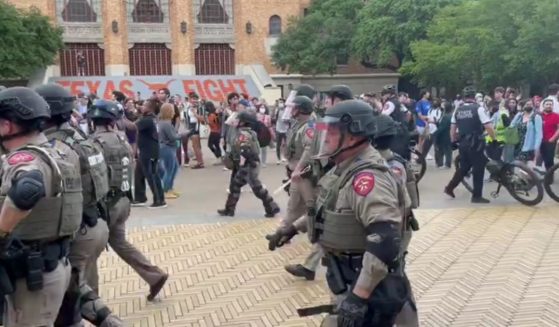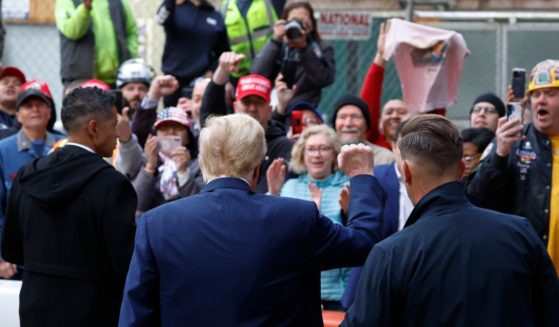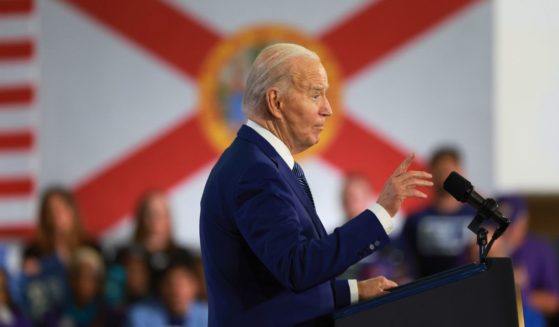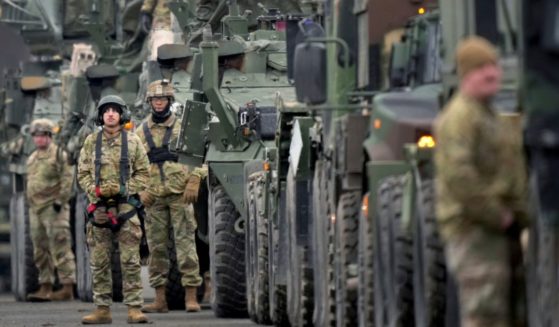Countries That Trusted China's Vaccine Are Now Paying the Price in a Big Way
Most Americans are strangers to the Chinese-made COVID-19 vaccines from Sinopharm and Sinovac Biotech.
Indonesia, Mongolia, the Seychelles and Bahrain, however, can tell different stories, horror stories, of how this subpar science failed to deliver its promise of a return to normalcy after a long wait.
We’re familiar with vaccine skepticism in the United States, but it’s safe to say that what’s going on in countries where China supplied vaccines is much more dramatic.
The New York Times reported Tuesday that several of the more than 90 countries that relied on China’s COVID vaccine technology now say these vaccines “may not be very effective at preventing the spread of the virus, particularly the new variants,” as they face surges in infections.
According to Our World in Data, the percentage of Seychelles, Chile, Bahrain and Mongolia residents who have received at least one vaccine ranges from 59 to 72 percent, outranking the United States’ 53 percent.
Still, their infection rates remain among the top 10 highest, according to data from The Times’ interactive COVID outbreak world map.
What do they all have in common? They heavily rely on Sinopharm and Sinovac Biotech vaccines.
“If the vaccines are sufficiently good, we should not see this pattern,” University of Hong Kong virologist Jin Dongyan said. “The Chinese have a responsibility to remedy this.”
Of course, there’s nothing wrong with these countries accepting help from China in an effort to rescue their citizens from a pandemic, but they should also understand that such help can come with a price.
Even China’s top disease control official, Gao Fu, acknowledged the inefficacy of the country’s vaccines during a conference in April, The Associated Press reported.
“We will solve the issue that current vaccines don’t have very high protection rates,” Gao said during a presentation. “It’s now under consideration whether we should use different vaccines from different technical lines for the immunization process.”
Gao also praised the mRNA technology used in both the Moderna and Pfizer-BioNTech vaccines in the United States, labeling the two vaccines as the “most effective.”
According to the Mayo Clinic, the Moderna and Pfizer-BioNTech vaccines rank the highest with 94-95 percent efficacy of preventing the virus with symptoms while the one-shot Johnson & Johnson vaccine falls behind at 66 percent efficacy.
How do Sinopharm and Sinovac compare?
The World Health Organization reported the Sinovac vaccine had an efficacy rate of 51 percent against symptomatic COVID infection, but 100 percent efficacy against severe infection.
In April we wrote that phase-three trials of Sinovac yielded an efficacy rate barely above the 50% threshold set by the WHO for covid-19 vaccines, but very good protection against severe disease and death https://t.co/k1plWxugtT
— The Economist (@TheEconomist) June 24, 2021
The WHO said the Sinopharm vaccine proved 79 percent effective against both symptomatic infection and severe infection in a “large multi-country Phase 3 trial.”
There is also little data to suggest the rate of breakthrough infections for either vaccine, according to The Times.
Still, what makes these vaccines pale in comparison with those issued by Moderna and Pfizer-BioNTech?
We can theorize that these “traditional” vaccines (essentially vaccines that “use killed viral particles to expose the immune system to the virus without risking a serious disease response,” according to the BBC) are less effective at handling the virus than novel mRNA technology.
Both have garnered a bounty of negative attention in their own way, but it’s safe to assume China won’t enjoy falling behind on the world scale.
Truth and Accuracy
We are committed to truth and accuracy in all of our journalism. Read our editorial standards.




